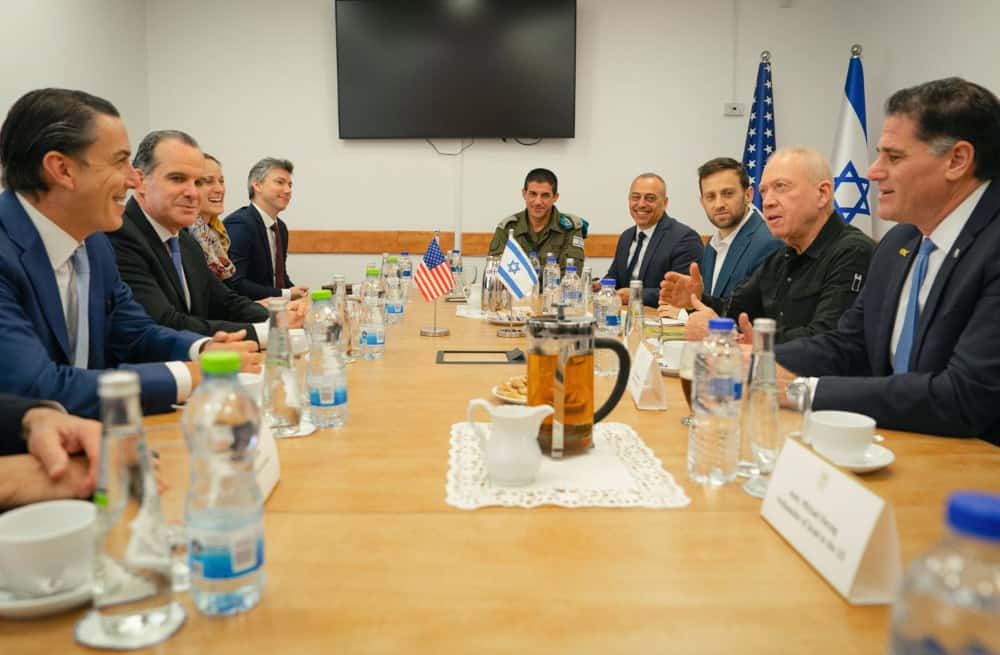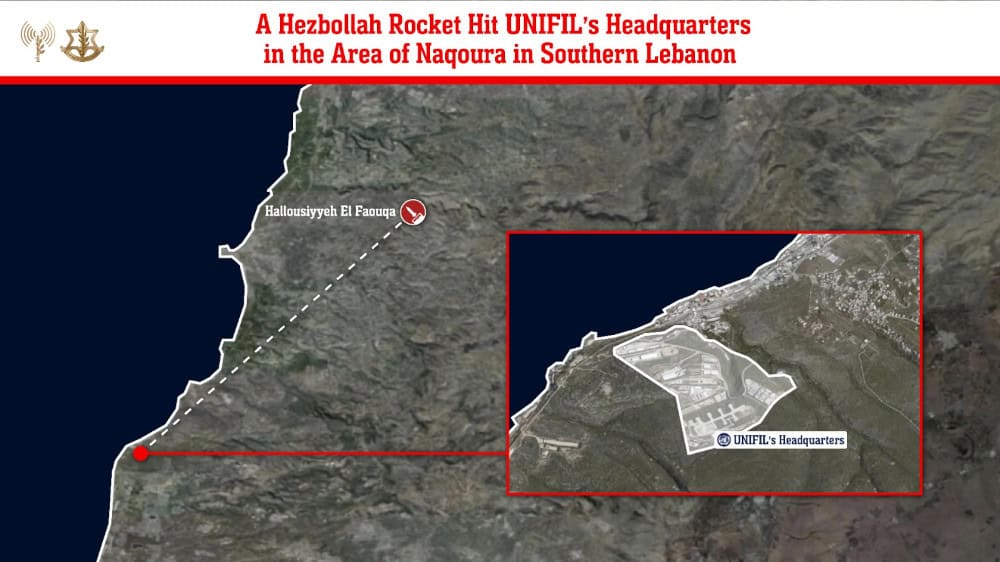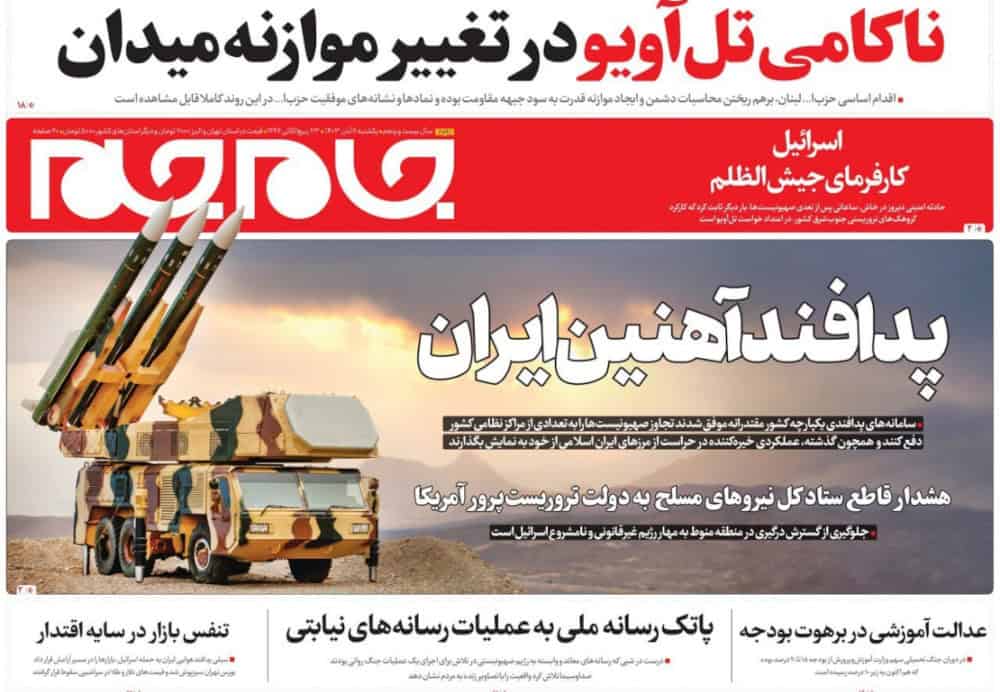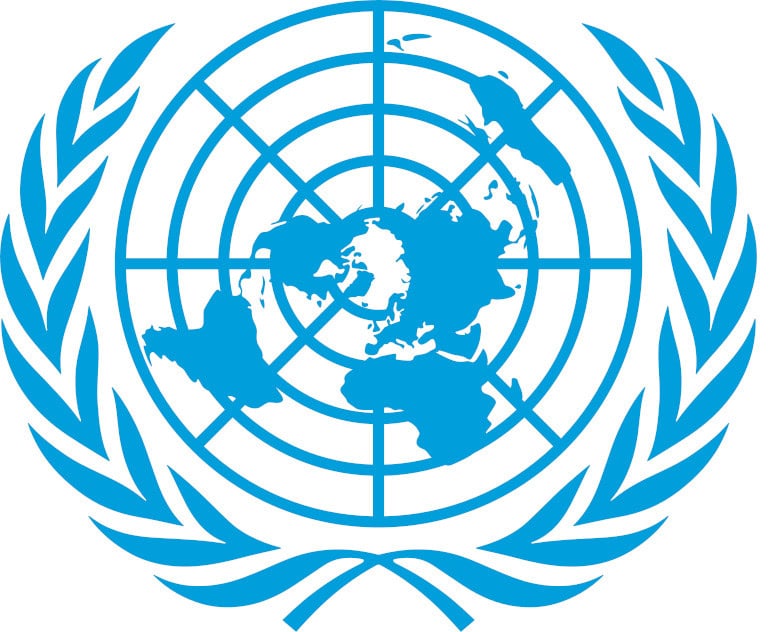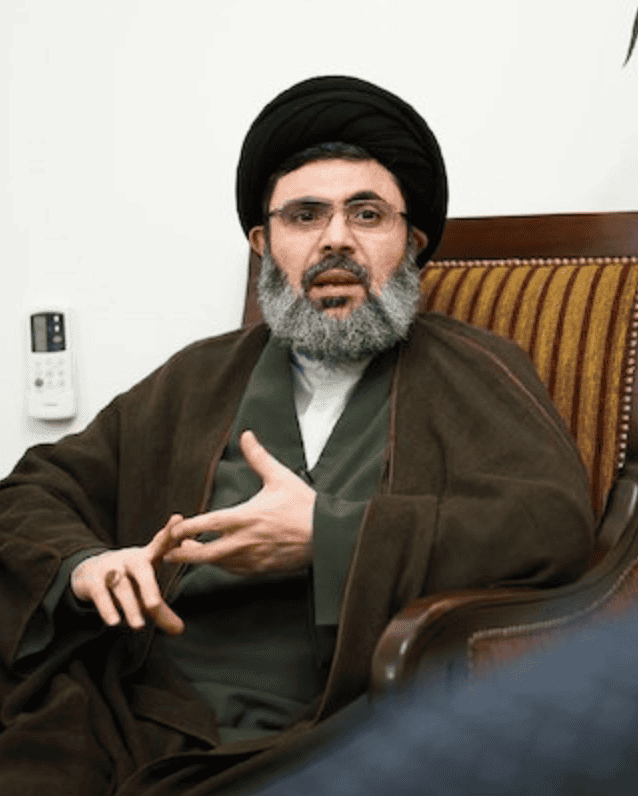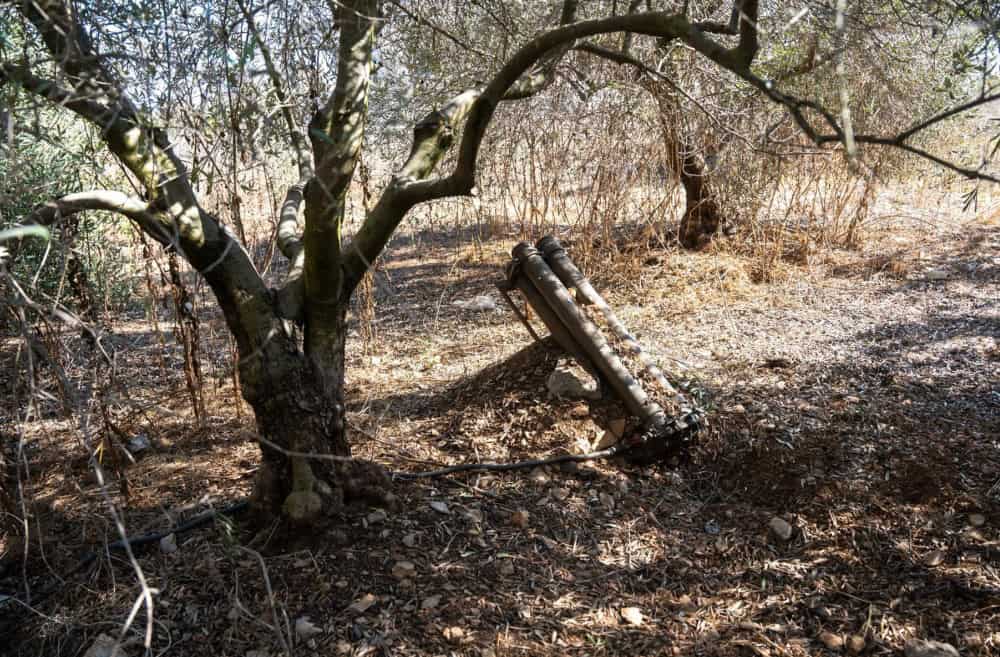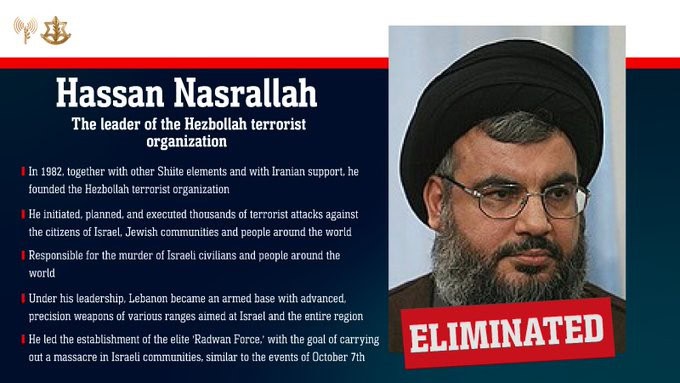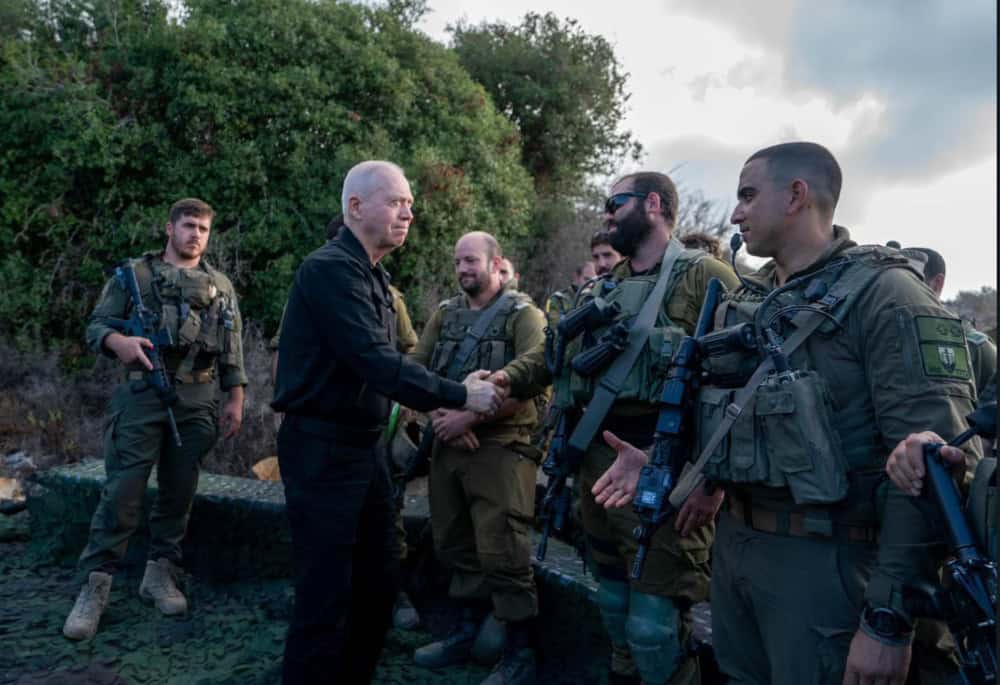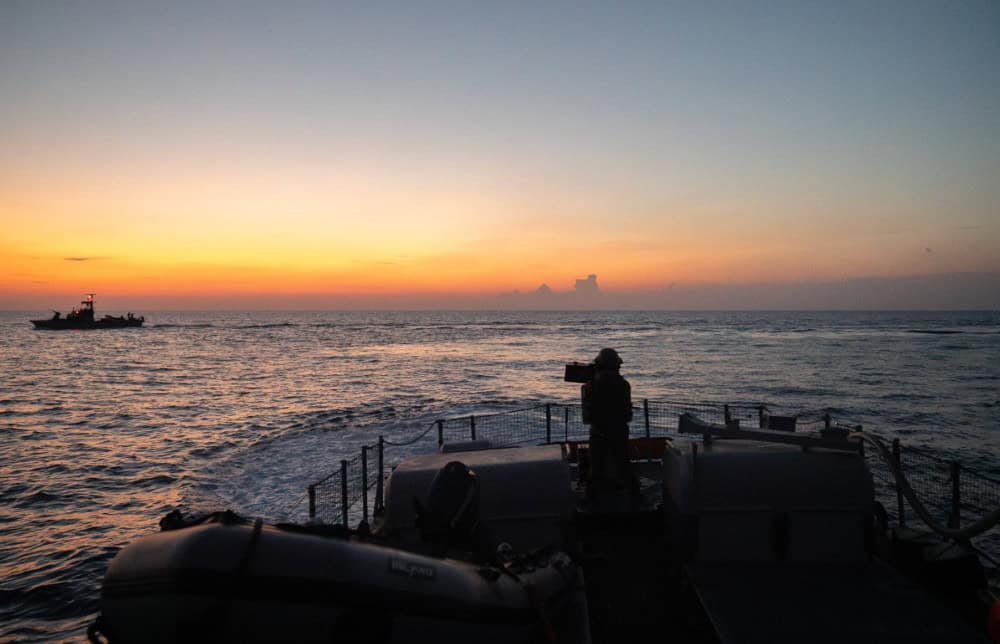
IDF reports 6 Israeli soldiers killed in Lebanon
The Israel Defense Forces (IDF) released the names of six soldiers from the 51st Battalion of the Golani Infantry Brigade who were killed in southern Lebanon on November 13. The same battalion suffered heavy losses during Hamas’s attack on October 7, 2023. Hezbollah carried out attacks targeting central Israel on November 13, and Israel intercepted drones aimed at southern Israel on November 12 and 13. In addition, the Israeli Navy targeted a Hezbollah naval site.









